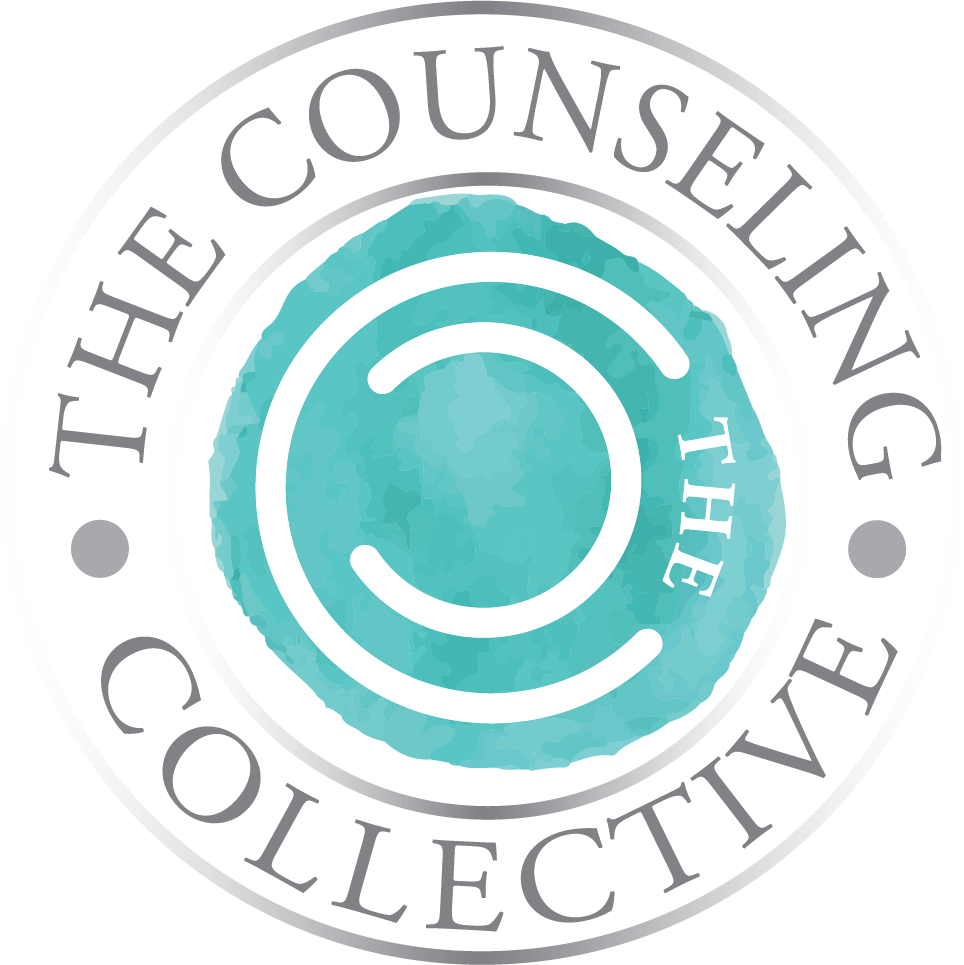Signs and Symptoms of Addiction-Part 2 of 3
/Today’s blog is the second in a three part series on addiction. This series is to help you gain a better understanding about what addiction is, signs and symptoms of addiction, and help available to those struggling with addiction as well. You can read Part 1 of this series here. Today’s focus is on recognizing and accepting of signs and symptoms of addiction.
As I mentioned in the previous blog; people often associate unemployment, homelessness, limited education, and having an unkempt appearance as signs of addiction. However, as we will discuss, there are many more signs and symptoms of addiction and often they are much more discrete than most people think and often go unnoticed in those who are “functioning addicts”. Signs and symptoms of addiction vary significantly in different people as do the signs and symptoms of different addictions.
There are many more people struggling with addiction in the United States than most believe and even more have not been identified due to the stigma associated with addictions. Unfortunately, this also indicates that many people do not seek or accept help for their addictions.
Statistics about addiction are quite startling as you can see below; however, again, it is believed that the numbers are much higher than reported. According to The National Council on Problem Gambling (NCPG) website, it is reported that 2-3% of Americans struggle with Problem Gambling and 40% of those struggling with Problem Gambling start gambling before the age of 17. The National Council on Sexual Addiction Compulsivity website reports that an average of 6-8% of Americans struggle with sex addiction. Furthermore, The Talbott Recovery website reports that 15 million Americans struggle with Alcohol Use Disorders. The National Institution on Drug Abuse (NIDA) website has that 24.6 million Americans were using illicit drugs in 2013. Illicit drug use means drugs that are being used that are not legal and/or prescription drugs that were either not prescribed for the individual using them or that they were being taken more than what was prescribed. Some examples of illicit drug use include Crack-Cocaine, Marijuana (THC), and PCP.
To begin, lets clarify the difference between signs and symptoms. Symptoms are experienced by the person struggling with addiction whereas, signs are observed behaviors and physical appearances by others. Also, it is important to understand that just because one doesn’t feel many or all of symptoms and someone does not observe some or all of the signs of addiction, that addiction can still be present. Signs and symptoms can be further broken down into 3 categories: physical, behavioral, and psychological. Some examples of physical signs include: blood shot eyes, pupils are larger or smaller than usual, changes in appetite which can lead to weight gain or weight loss, changes in physical appearance such as blemishes, scars, hair loss, broken blood vessels, excessive sweating, shaking, and slurred speech. Some examples of behavioral signs include: decrease in attendance to school, work, social activities, financial problems, being more secretive, unaccountability such as blaming others and circumstances, changes in leisure activity participation, legal involvement including criminal activity, and being in high risk areas such as a person struggling with gambling being at a casino. Examples of psychological signs and symptoms may include: sudden change in personality and attitude, mood swings, increased or decreased energy, increased agitation, and distorted thinking. These examples are some of the many signs and symptoms of addiction and you can find more information about this at websites such as verywellmind.com.
Some questions to ask yourself or someone you care about to help determine if one is struggling with addiction include:
-Is withdrawal present such as aches, increased anxiety, cramps, restlessness, nausea, diarrhea, watery eyes, runny nose, insomnia, seizures?
-Do you or someone you know need more of the substance or activity to gain the same amount of pleasure and comfort?
-Are legal problems and behaviors developing or increasing?
-How is use or an activity such as gambling affecting one’s life such as financial, emotional, physical, legal?
-Do you or someone you know use drugs alone or do activities such as shopping or gambling alone?
-Are you or someone you care about preoccupied with use of a drug or the activity?
-Has anyone expressed concerns about your use or the use of someone you know, activities, or behaviors?
-Do you or someone you care about use drugs or participate in activities to help relax and deal with stress.
If you or someone you care about have answered yes to any of the above questions, you or someone you care about may be struggling with addiction. Please reach out to us for help because we are here to help you!
This has been a brief introduction to signs and symptoms of addiction. Stay tuned for the final installment which will focus on getting help for addiction.
The mental health therapists at our office offer counseling for a variety of issues including trauma using EMDR, depression, anxiety, grief, and couples counseling. We work with teens, adults, and couples. We also offer online counseling services which can be great for people with busy schedules or for people who live in parts of Pennsylvania with limited counseling options. You can check out our website to see the full list of counseling services that we offer. Or, Request An Appointment here.
